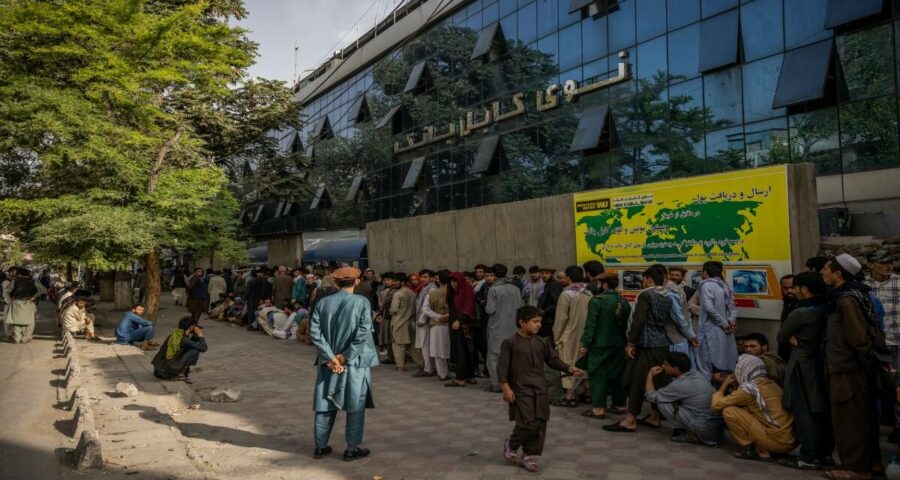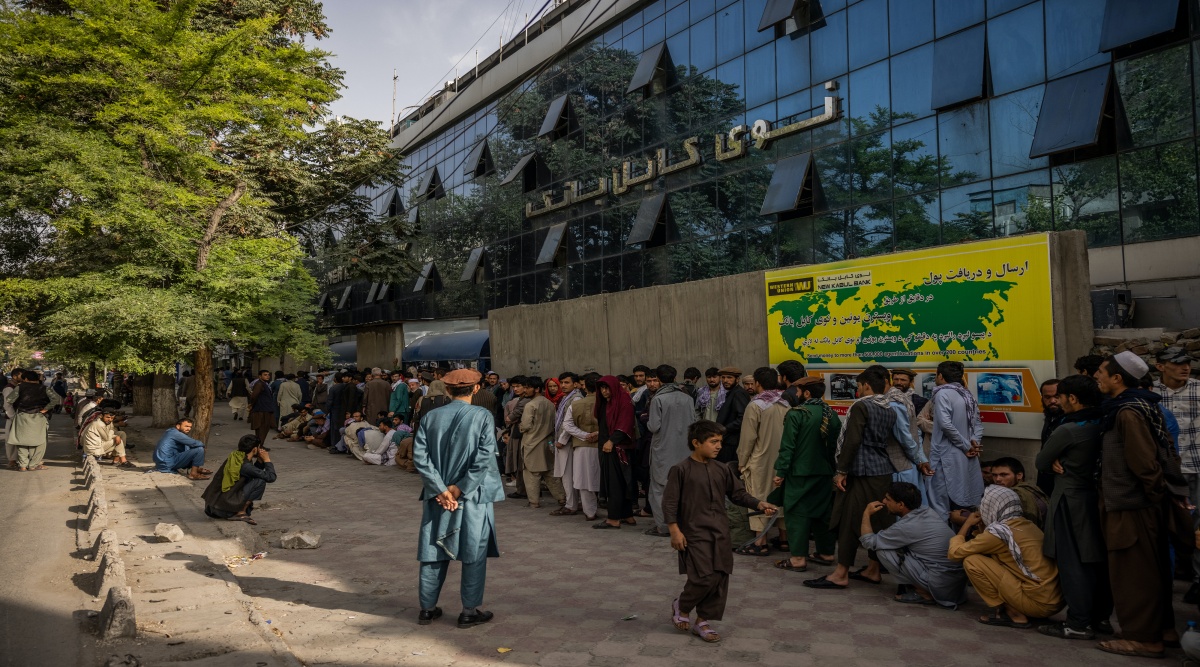The Taliban sweeping to power in Afghanistan has thrust one of the world’s poorest countries back into the limelight. A quick look at Afghanistan’s current economic situation
Poor Growth Prospects
After shrinking by 2 per cent in 2020 due to the COVID-19 pandemic, gross domestic product (GDP) was on course to bounce back and grow by 2.7 per cent this year as mobility and trade began to resume, the IMF estimated in June. That was in line with the rough 2.5 per cent average growth rate in recent years, but far below high-single digit levels scaled in the decade after the 2001 US invasion
Fitch on Friday predicted a sharp contraction of GDP, possibly of as much as 20 per cent
About two-thirds of the population live below the poverty line, on less than $1.90 per day, according to the Asian Development Bank. That’s up from 55 per cent in 2017
Trade and Resources
Agriculture is the main source of income for the majority of Afghans and the country’s main export
According to the World Trade Organization, Afghanistan exported $783 million of goods in 2020, a near-10 per cent drop on 2019. Dried fruits, nuts and medicinal herbs make up the bulk of exports, mainly to India and Pakistan
Inflation
The IMF expectation for a 5.8% inflation uptick in 2021 would have made this the largest yearly move since 2013. But with the weakening in the afghani and likely trade disruptions as the Taliban take charge, it could rise above the 8% upper band limit targeted by the Afghan central bank
Source: Read Full Article


